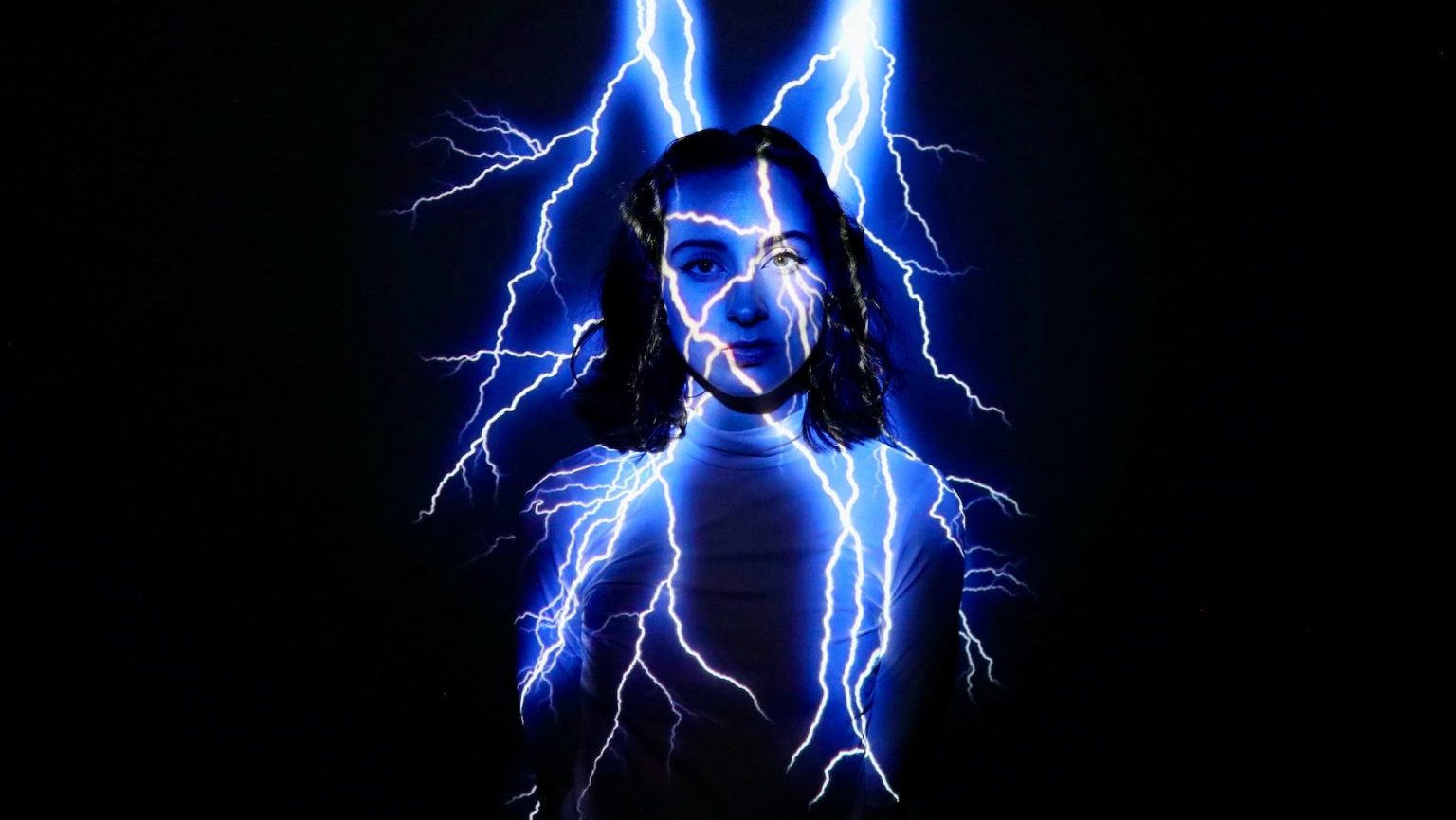Should Schools Segregate Kids to Inoculate Them Against Racism?

“Daddy, why do all the players have dark skin?” When my eldest daughter posed this question one football Saturday six years ago, she had no concept of race in mind and certainly wasn’t motivated by an ounce of racial prejudice. She was in a pre-kindergarten class with kids of all skin tones, and had never considered that darker or lighter skin carried any particular social meaning or had anything to do with anything else. Skin color was just like height to her: a physical contingency with no cultural or political baggage attached. Watching the Iowa Hawkeyes play football on TV, she was just peering through the facemasks and noticing a pattern.
Before responding, I hesitated. Preserving my daughter’s sweet naiveté about race meant avoiding the propagation of stereotypes. Had she asked why the linemen are all big and strong, or why basketball players are so tall, the logic would have been easy to explain. But I was determined not to send my 4-year-old out into the world thinking that African Americans, for some reason, are born to be football players. So I hedged a bit. “Do they?” I asked. “Well yes, I suppose many of the players do have dark skin. But plenty have light skin too, and if you really keep your eyes open, you’ll see that people’s faces actually come in all kinds of different shades, from very pale to very dark, with everything in between.”
It wasn’t the greatest answer. But I’m not sure, reflecting on the episode today, how I could have improved on it. Running through my mind during this conversation was an article I had just started teaching by Columbia University historian Barbara Jeanne Fields. Fields’ 1990 piece, “Slavery, Race and Ideology in the United States of America,” provides a history of the concept of race in the United States. Racism, she argues, is not to blame for the dawn of slavery. It’s the other way around. Well after Africans were brought to the United States and enslaved for opportunistic economic reasons, an explanation for dark-skinned slaves’ highly diminished social and political status gradually developed. That explanation was race. Fields argues that race is an ideology, not something that is “scientifically accurate,” and only endures because we “constantly reinvent and re-ritualize” it. To illustrate how that works, she provides an anecdote quite similar to mine:
“The creators and re-creators of race include as well a young woman who chuckled appreciatively when her four-year-old boy, upon being asked whether a young friend whose exploit he was recounting was black, answered: ‘No; he’s brown.’ The young woman’s benevolent laughter was for the innocence of youth, too soon corrupted. But for all its benevolence, her laughter hastened the corruption whose inevitability she laments, for it taught the little boy that his empirical description was cute but inappropriate. It enacted for him, in a way that hand-me-down stereotypes never could, the truth that physical description follows race, not the other way around. Of just such small, innocuous, and constantly repeated rituals, often undertaken with the best of motives, is race reborn every day. Evil may result as well from good as from ill intentions.”
“Evil.” Wow. The well-meaning, chuckling mother is spreading “evil” by reproducing race, and therefore racism, in front of her offspring. That’s a heavy charge. One wonders what Fields would think of a new program to enhance race-consciousness at Fieldston (no relation) Lower School, a New York City private school in the leafy Riverdale neighborhood in the Bronx. The “boundary-pushing experiment,” as Lisa Miller puts it in a New York Magazine feature, involves separating Fieldston’s rather diverse student body by race for “affinity group” discussions followed by integrated share-outs once a week for five weeks.
The mandatory program asks third graders to check a box and thereby insert themselves into one of six discussion groups: “African-American/Black,” “Asian/Pacific Islander,” “Latina/o,” “Multi-racial,” “White,” and “Not sure.” Miller reports that reactions among parents have been mixed. Some welcome the program as a bold new project to confront questions of white privilege and “microaggressions” against minority students. Others say segregation is never a solution to problems of race: Dividing up students by their perceived racial identities will only draw more attention to difference and generate tension and suspicion where little of either was found in the first place.
Miller evenhandedly recounts arguments for and against the new approach, and she quotes a range of reactions from the third-, fourth-, and fifth-grade students. Some students seem happy to have a home-race discussion. A black student told Miller, “I get to be with people I can share my race with, and I don’t feel uncomfortable about it,” while a student in the Asian sub-group complained that the sessions are “so fricking boring.” Some parents point to the landmark Supreme Court case from 1954, Brown v. Board of Education, to claim that “segregation of any kind is regressive.” This perspective matches an oft-quoted tautology from Chief Justice John Roberts in a 2007 case on race and public education. “The way to stop discrimination on the basis of race,” he wrote, “is to stop discriminating on the basis of race.”
But Roberts’ reading of constitutional color-blindness ignores the quite real implications of being a racial minority in 21st-century America. Anyway, as a private school, Fieldston is not bound by the 14th-amendment promise of equal protection and has more legal room to maneuver in this context than a public school might. This makes Fieldston a promising testing ground for a novel approach to discussions of race by youngsters. Fields may have been right to question whether four-year-olds should be exposed to reified conceptions of race. But the analysis changes when we’re talking about children who are twice as old. By the age of eight, and certainly by the age of 10, children are ready to think about justice in more abstract terms and to make sense of the lessons on the Civil War or the Civil Rights Movement. It’s impossible, and undesirable, to shield older elementary-school students from slavery and the legacy of racism. No school should forget to honor Dr. Martin Luther King, Jr. Yet honoring Dr. King is only possible by explaining what exactly he was fighting against. It can’t be “evil” to teach the reality of racism to schoolchildren, even if it disabuses them of a vision of their country that four-year-olds deserve to have preserved.
It is too early to tell if the experiential venture in semi-siloed race dialogue at Fieldston will meet its objectives. The plan is messy, and it does risk drawing students’ attention to race in unhealthy ways. But with such a complicated and important national conversation about race raging in and around Ferguson, Cleveland and Baltimore, among many other places, it’s good to know that school administrators are coming up with innovative ideas for deepening and expanding the conversation.
Image credit: Shutterstock.com




